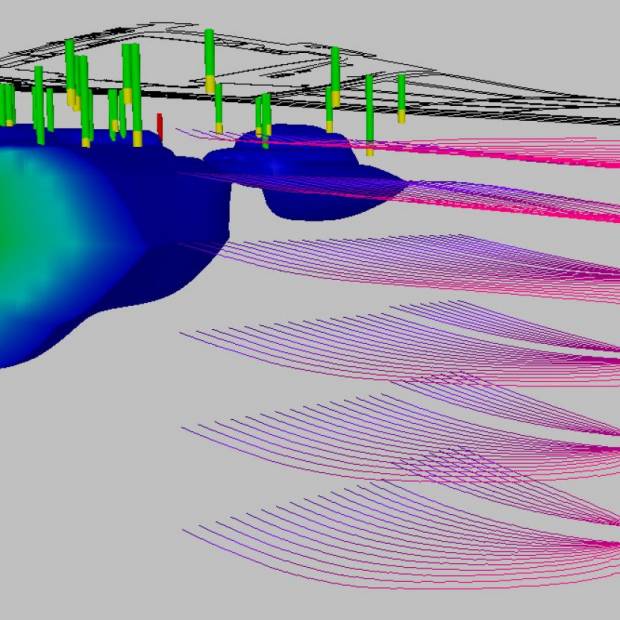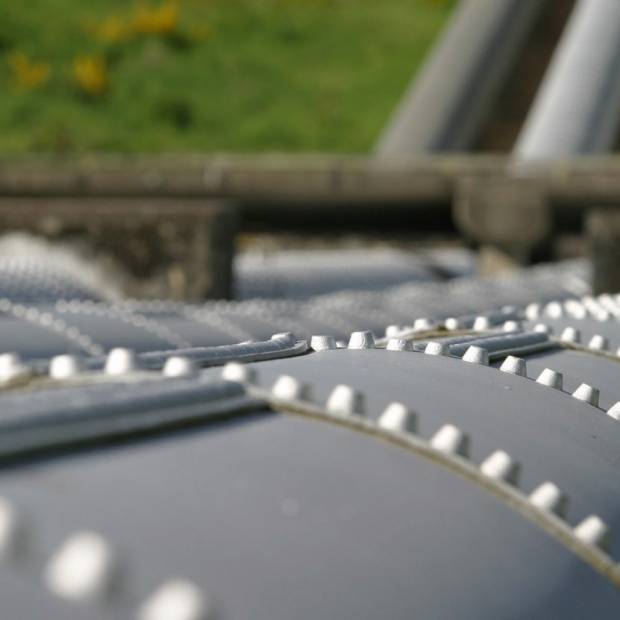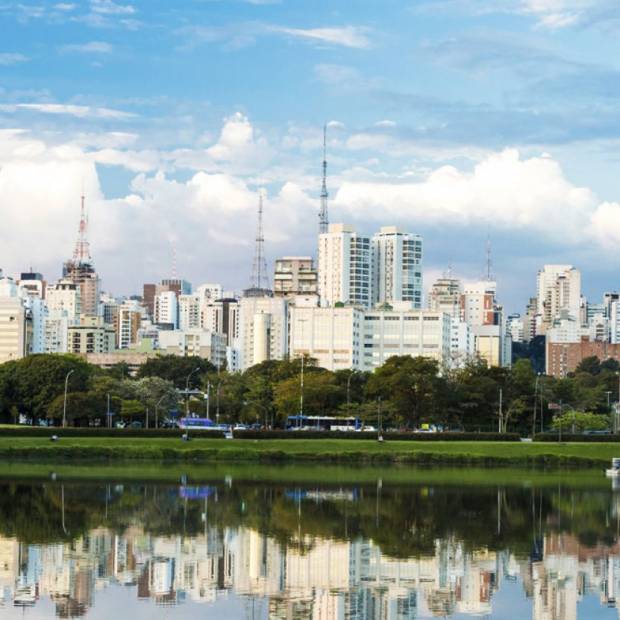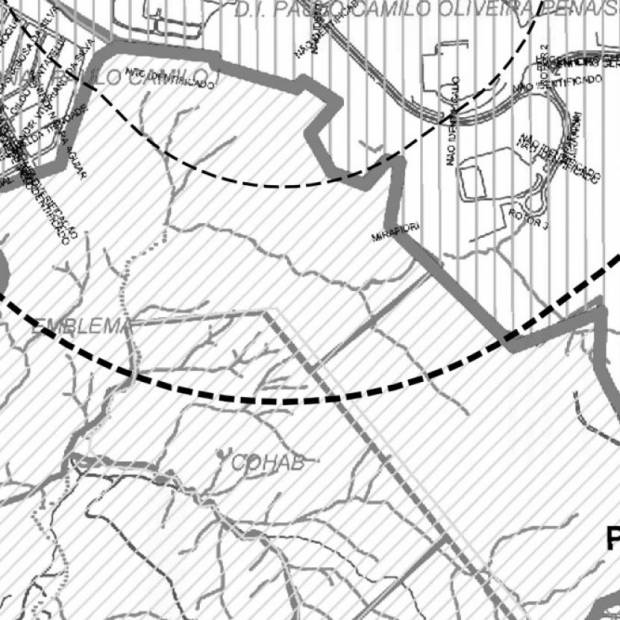
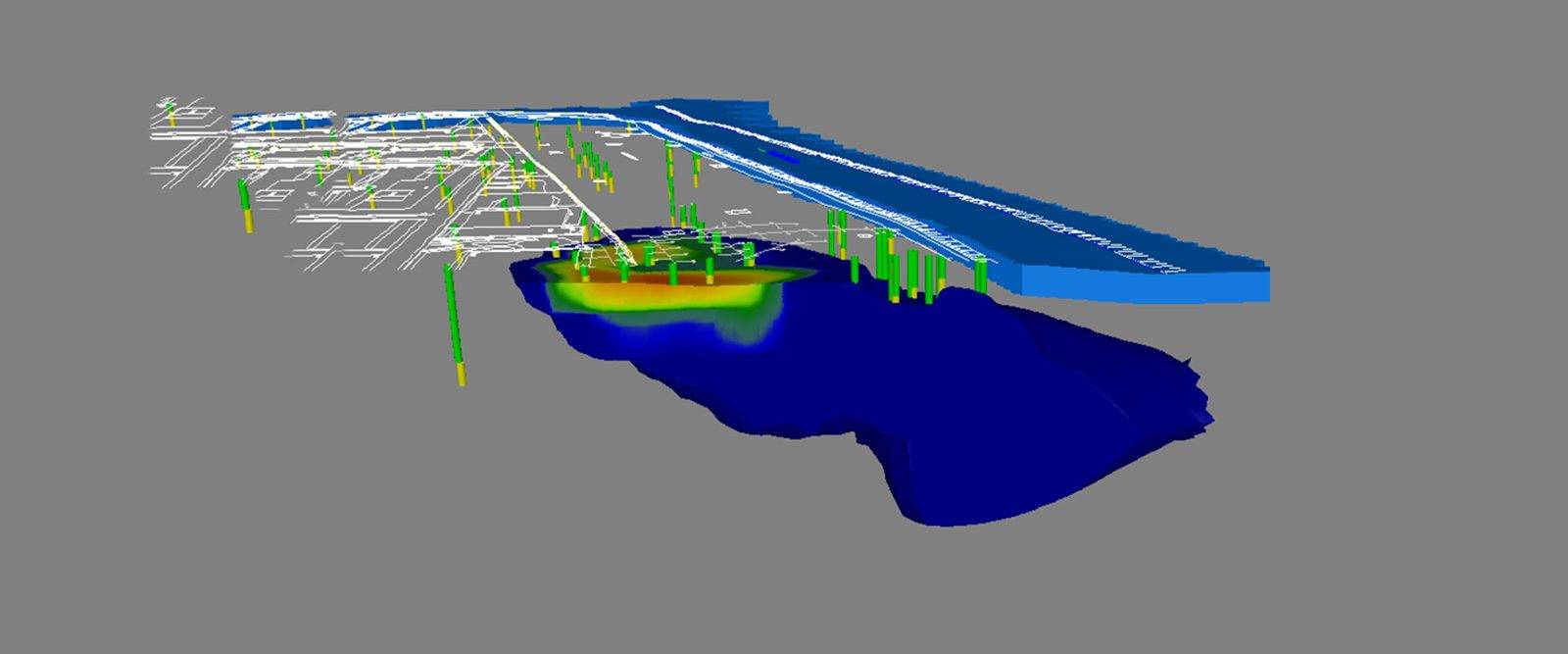
Definition of thermal remediation goal
A chemical industry retained GEOKLOCK to refine the definition of the thermal remediation goal for a former site in the São Paulo metropolitan area.
At first, a MIP/HPT high-resolution tool was used for mapping the contamination. Based on the MIP/HPT results, we defined the soil and groundwater sampling points. The samples were submitted to laboratory analyses.
The first stage consisted of a qualitative assessment of the correlation between the MIP/HPT signals and the lab results. Next, this correlation was statistically tested by means of an exploratory process.
The subsequent stage of data treatment consisted of stochastic simulations to check the conceptual model developed. In practical terms, we wished to confirm the spatial correlation between the assumed historical primary source (i.e.: the disposal of drums at the surface) and the known center of mass. In order to simulate this task, we chose to apply the Gaussian sequential simulation algorithm available in the SGeMS software program. We simulated 100 equiprobable scenarios for the distribution of XSD signs (transformed into normal distribution) of the MIP/HPT probe.
Once the conceptual model was validated, we used saturation calculations for soil/groundwater samples and the correlation between laboratory data and high-resolution data in order to attribute the following binary indicators: 1 for thermal remediation goal; and 0 for non thermal remediation goal .
The binary indicators were used to compose 100 equiprobable scenarios from sequential simulations using the SGeMS software program.
The results allowed the definition of the following:
- Thermal remediation goal, with confidence above 90%;
- The calculated volume (2000 m3) was 70% lower than what had been initially delineated through traditional investigations;
- Calculations showed that each R$ 1.00 invested in high-resolution investigations generated savings of approximately R$ 7.50 during the thermal remediation stage


